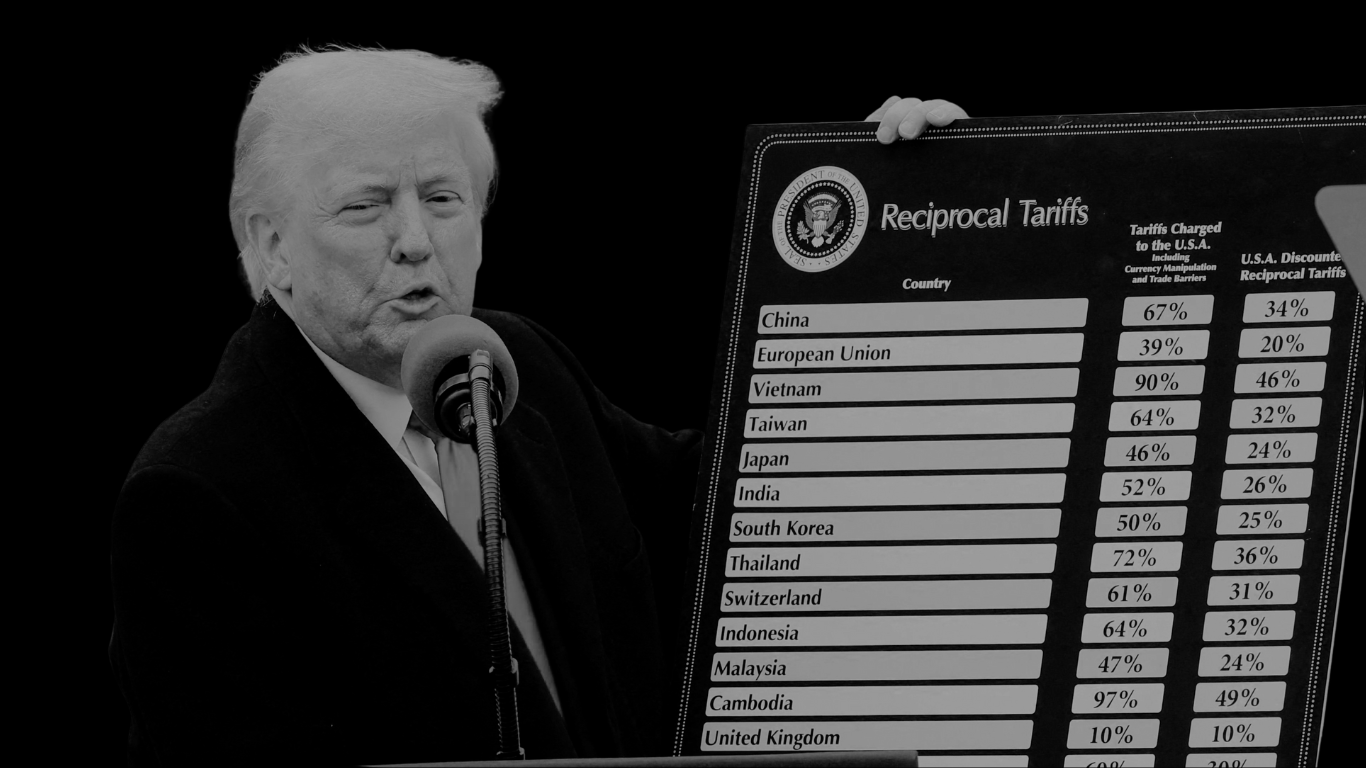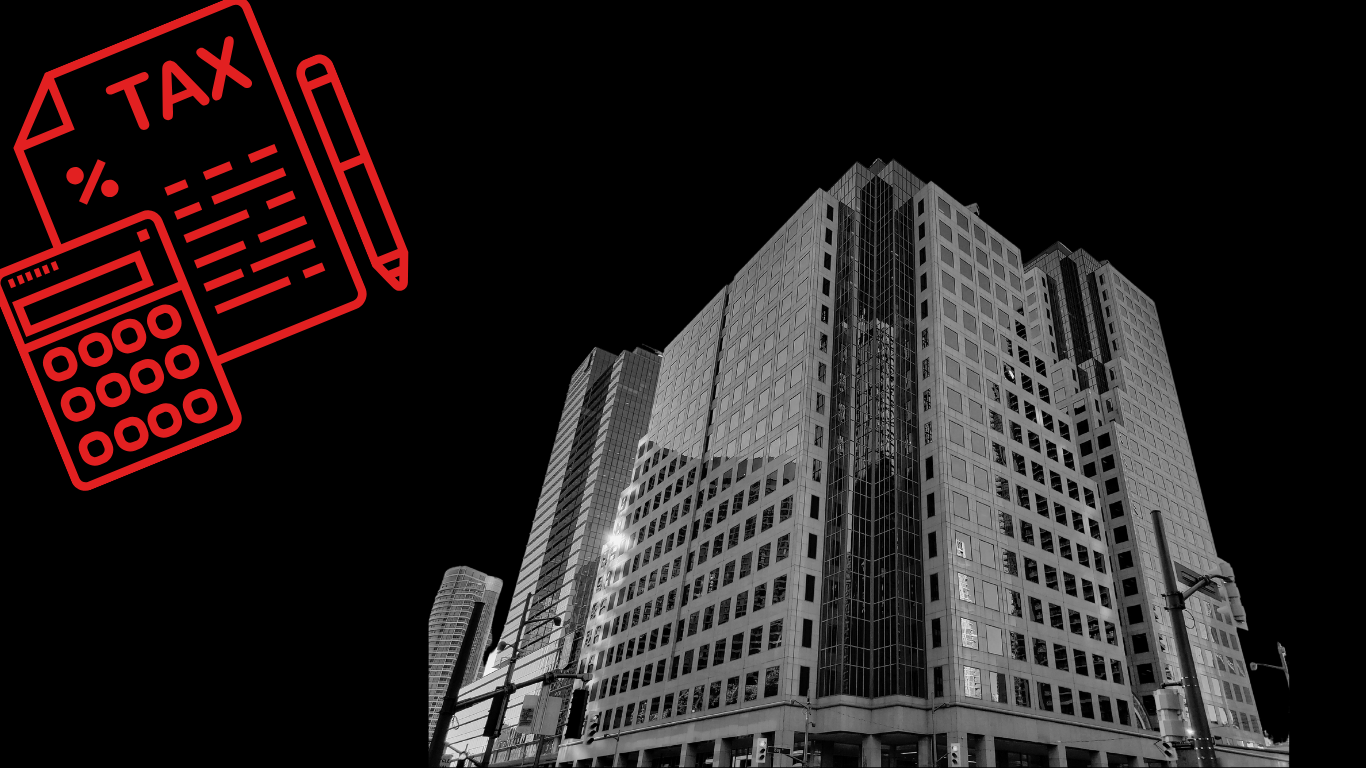The Debt Respite Scheme, commonly known as the Breathing Space scheme, was updated on the 4th May 2021. The scheme was first announced in 2019, after a five-year campaign from debt charities wanting the government to intervene and help those facing financial difficulties. The aim of the scheme was to provide a respite period for those facing mounting and impending debts and will give someone in problem debt the right to legal protections from their creditors.
Under the legislation, there are two types of breathing space: a standard breathing space and a mental health crisis breathing space. A standard breathing space is available to anyone with problem debt. It gives them legal protections from creditor action for up to 60 days. The protections include pausing most enforcement action and contact from creditors and freezing most interest and charges on their debts.
A mental health crisis breathing space is only available to someone who is receiving mental health crisis treatment and it has some stronger protections. It lasts as long as the person’s mental health crisis treatment, plus 30 days (no matter how long the crisis treatment lasts).
A breathing space can only be started by:
- a debt advice provider who is authorised by the Financial Conduct Authority (FCA) to offer debt counselling
- a local authority (where they provide debt advice to residents)
Debt advice providers are responsible for the administration of a breathing space. They are the point of contact for the debtor, their creditors (and appointed agents), and the Insolvency Service (who own and maintain the electronic service).
How To Comply With Breathing Space If You’re A Creditor
As a creditor, if you’re told that a debt owed to you is in a breathing space, you must stop all action related to that debt and apply the necessary protections. These protections must stay in place until the breathing space ends.
The UK Gov Insolvency Service electronic service will send you a notification to tell you about each debt owed to you in a breathing space and the date the breathing space started. You need to make sure you apply the protections to these debts from the date set out in the notification.
If you’re a creditor, it’s also possible your debt might be added to a breathing space at a later date, because it is only identified after the breathing space has started. In this case, you have to apply the protections from the date you get the notification, or when the regulations consider you to have received it, whichever is the earliest.
For electronic notifications this is the date they are sent. For postal notifications this is 4 working days after it was posted.
How To Comply With Breathing Space If You’re In Debt
Debtors can only access a breathing space by seeking debt advice from a debt adviser. Debts included in a breathing space must be qualifying debts, usually characterised as debts acquired through:
- credit cards
- store cards
- personal loans
- pay day loans
- overdrafts
- utility bill arrears
- mortgage or rent arrears
New debts incurred during a breathing space are not qualifying debts. Neither are new arrears on a secured debt that arises during a breathing space.
To apply, a debtor must provide their debt adviser with their:
- full name
- date of birth
- usual residential address (in some very limited circumstances, this address might be withheld from the breathing space register and any notification to creditors)
- details of the debts that they owe, including the type of debt they owe
- the name and contact details for the creditor
- if relevant and known, the name and contact details for any agent appointed by the creditor
If the debtor is a sole trader and has business debts to include, they must also provide:
- their trading name or names
- any business address
Anyone who cannot or is unlikely to be able to repay their debts can apply to a debt adviser for a standard breathing space. Although all applications must be considered, the debt adviser might decide a breathing space is not appropriate for a debtor.
The eligibility to acquire a breathing space order must meet all of the following criteria. The debtor must:
- be an individual.
- owe a qualifying debt to a creditor.
- live, or usually reside, in England or Wales
- not have a debt relief order (DRO), an individual voluntary arrangement (IVA), an interim order, or be an undischarged bankrupt at the time they apply.
- not already have a breathing space or have had a standard breathing space in the last 12 months at the time they apply.
The debt adviser must also be satisfied that their client meets both of the following conditions:
- their client cannot, or is unlikely to be able to, repay all or some of their debt
- a breathing space is appropriate for their client
How To Comply With Breathing Space If You’re Suffering From Mental Health Issues & In Debt
In the latest update to the Debt Respite Scheme, the government introduced alternative route to access the protections for people receiving mental health crisis treatment, so that they do not have to access debt advice first. If an Approved Mental Health Professional (AMHP) certifies that a person is receiving mental health crisis treatment, the AMHP’s evidence can be used by a debt adviser to start a mental health crisis breathing space.
The debtor must still meet the same criteria and conditions for a standard breathing space, but they must also be receiving mental health crisis treatment at the time that an application is made. A debtor who has had a standard or mental health crisis breathing space in the last 12 months may be eligible for a mental health crisis breathing space. Unlike a standard breathing space, there is no limit to how many times a debtor can enter a mental health crisis breathing space.
In addition to the debtor, the following people can apply to a debt adviser on behalf of a debtor for a mental health crisis breathing space:
- any debtor receiving mental health crisis treatment
- the debtor’s carer
- Approved Mental Health Professionals
- care co-ordinators appointed for the debtor
- mental health nurses
- social workers
- independent mental health advocates or mental capacity advocates appointed for the debtor
- a debtor’s representative
What Happens Once A Breathing Space Is Set In Motion
A breathing space will start the day after the debtor’s details are put onto the breathing space register. This will then inform the relevant creditors that a breathing space has been sanctioned and for how long.
We hope this has outlined exactly the new measures for the Debt Respite Scheme and whether it applies to you and your business. If you require any more information on any debt advice, coping with financial difficulties, or anything accounting related for that matter, please don’t hesitate to get in contact with us at Nordens where one of our trusted advisors would be happy talking you through your query.










































































































































































































































































































































































































































































































